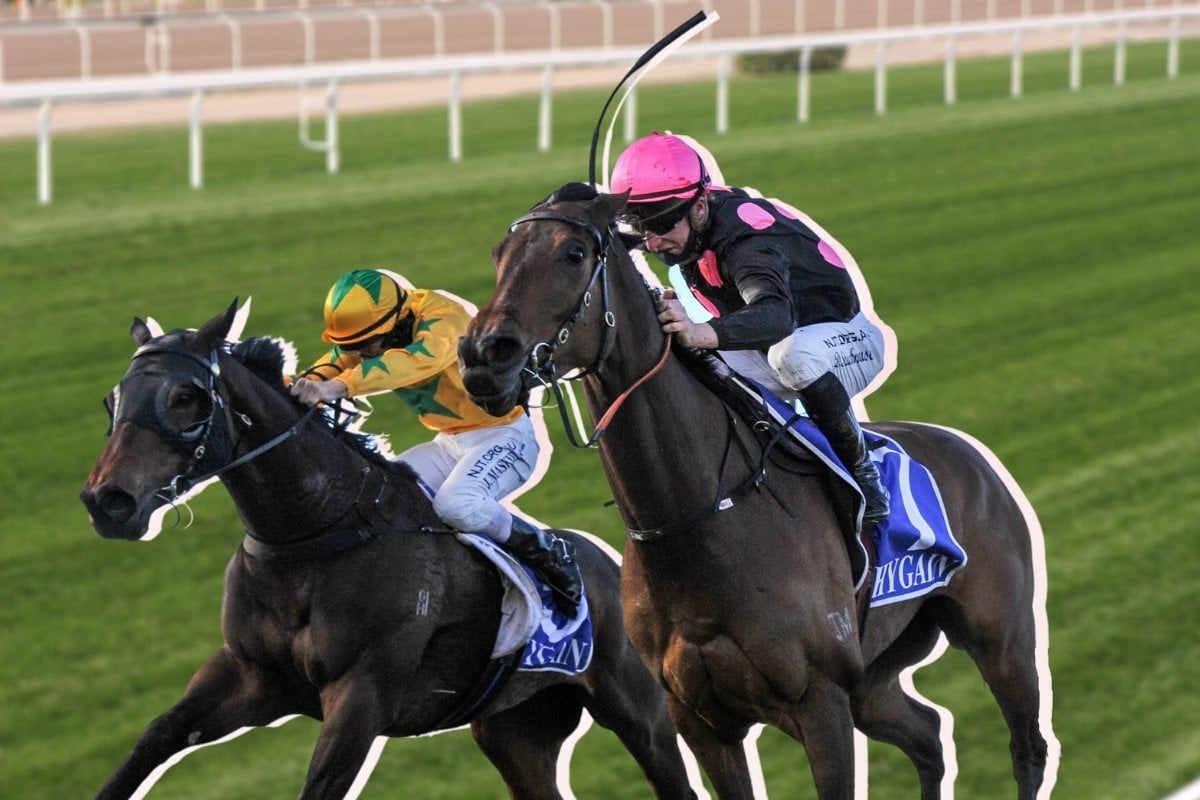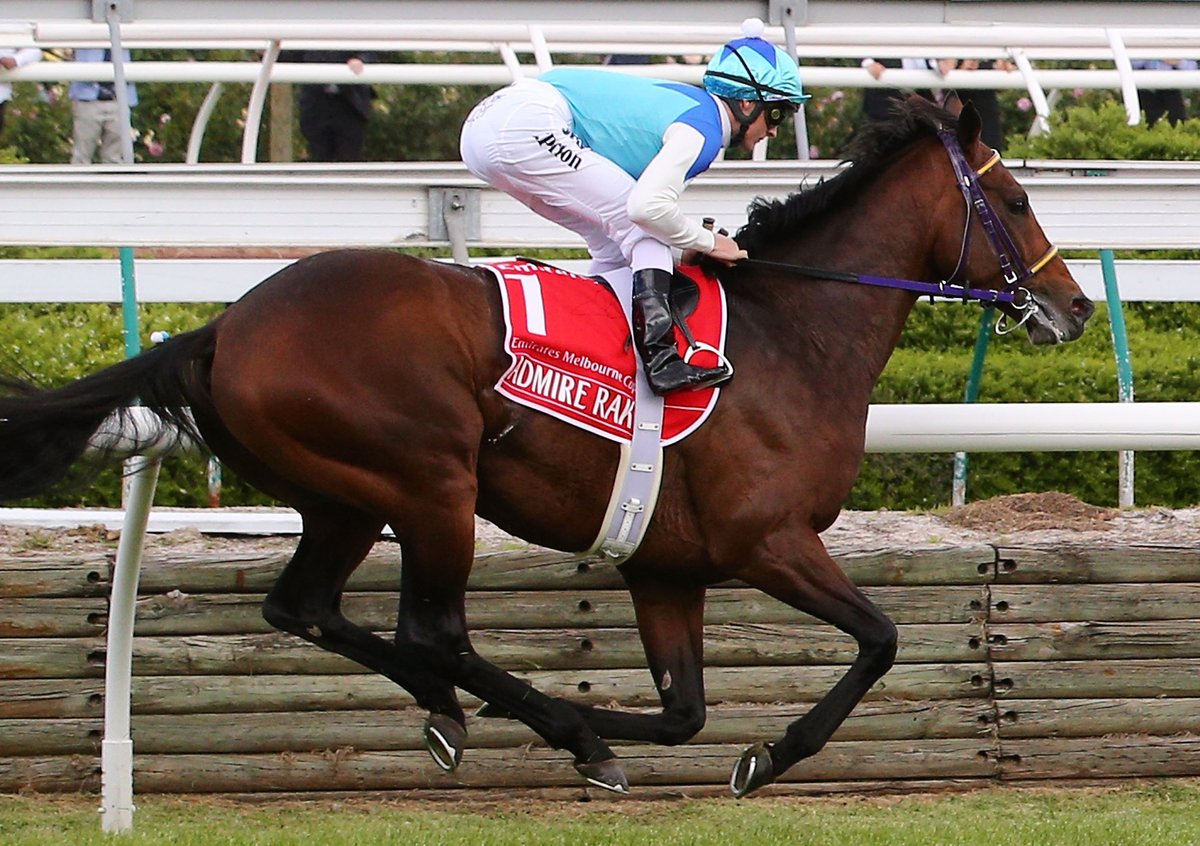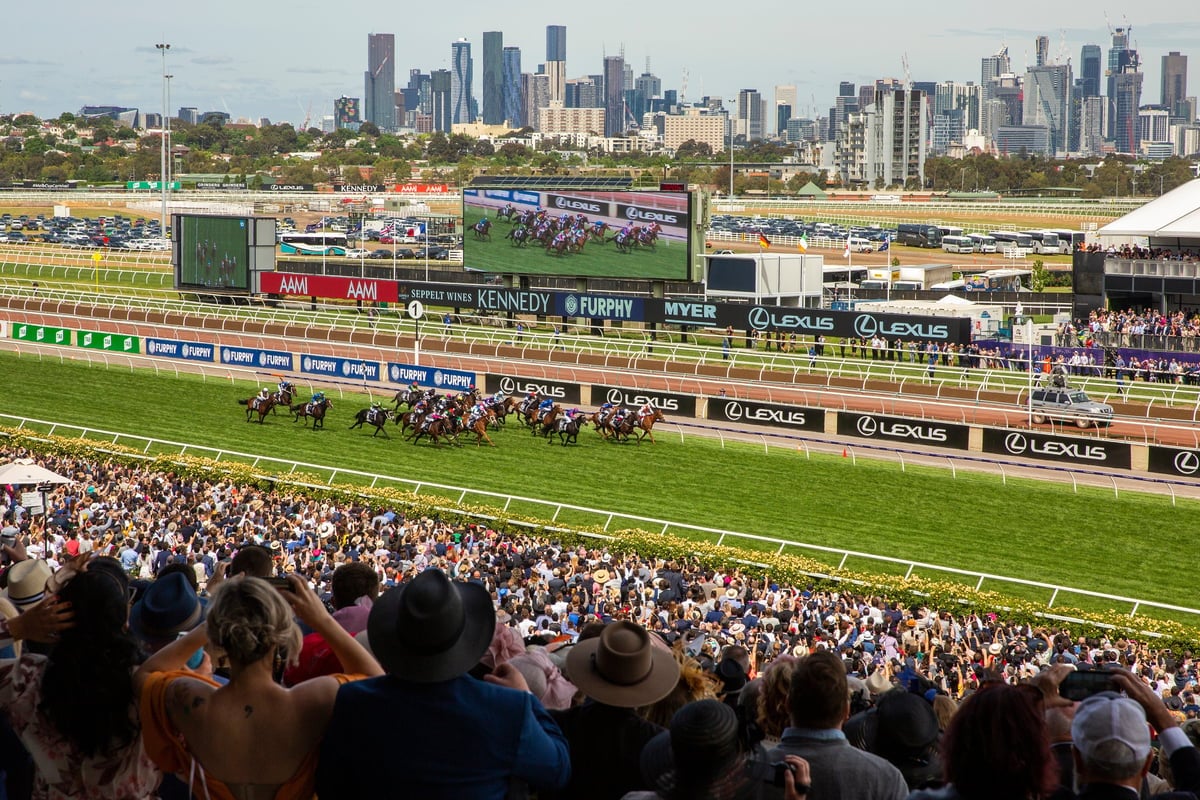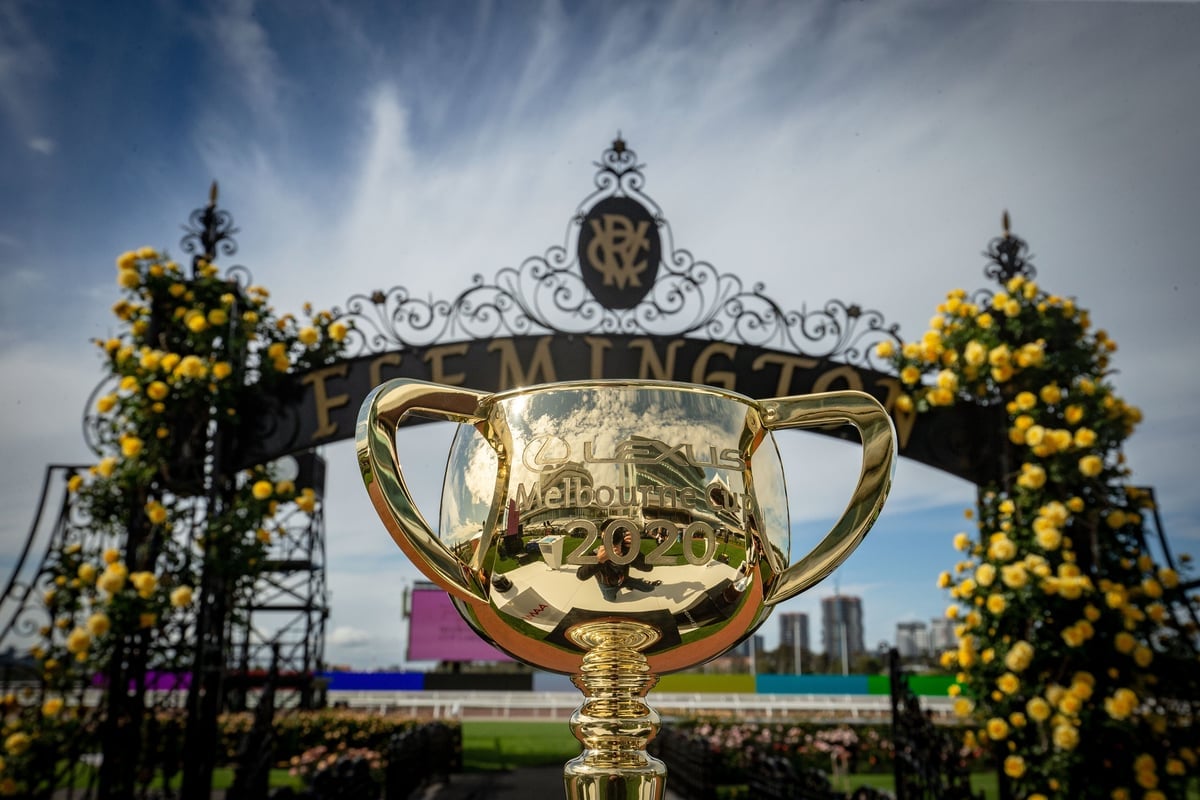
At 3:00pm on the first Tuesday of November every year, Australia’s most famous race is held.
Melbourne Cup is, traditionally, known as the race that stops the nation. More recently, though, it is the race that divides the nation.
Every year, animal activists use the race to remind Australians of the conditions of horseracing and the fatalities that frequently occur. Undoubtedly, the chorus of condemnation against the horseracing industry grows louder each year.
Whilst defendants of the industry will claim racehorses have good lives, animal activists say they are abused from young ages and, often, mercilessly killed when they are no longer commercially viable.
Below, we have collated the facts about the state of the horseracing industry in 2020.
Deaths in horseracing.
From the period between August 1 2019 to July 31 2020, 116 horses died in Australia on the track or soon after racing, according to the annual Deathwatch report. This equates to about one death every three days. Of these deaths, 45 of the horses had been raced as a two-year-old.
The Melbourne Cup specifically has witnessed six deaths in the past seven years.
In 2013, four-year-old Verema snapped a bone in her lower leg, about 2000 metres in. A green tarp was erected and Verema was euthanised.
In 2014, Admire Rakti dropped dead in his stall following the race. Not long afterwards, another horse, Araldo, was euthanised after sustaining a broken leg.
 Racehorse Admire Rakti during the Melbourne Cup race before its death. Image: Getty.
Racehorse Admire Rakti during the Melbourne Cup race before its death. Image: Getty.



Top Comments
My suspicions about what actually happens to too many of those horses after racing appears to be true.
Every time I've seen footage of the various Melbourne Cups and watched the fashion industry exploit the day - I'm horrified.
All of those women in sleeveless dresses & "fascinators" or those blokes in gaudy suits, the parade of giggling, tipsy tits getting drunk at their racecourse picnics don't appear to be sparing a thought for the welfare & fate of the beautiful horses exploited for their days of frivolity.
I've been made to feel like a killjoy - but it hasn't worked.
Animal Rights need to do much, much more.